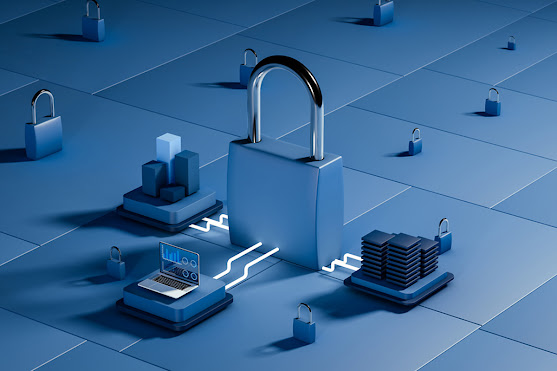Using Multi-Factor Authentication to Boost Online Security (MFA)
Internet security is more crucial than ever in the modern digital environment. Keeping user data safe can be extremely difficult because so many websites store it. Passwords are insufficient these days, despite once being the gold standard for security. To obtain illegal access, cybercriminals are always searching for weak passwords. Multi-factor authentication (MFA) is useful in this situation. Together with Alec Kassir, let's examine how MFA can protect your online privacy.
 |
| Using Multi-Factor Authentication to Boost Online Security (MFA) |
The Definition of Multi-Factor Authentication
Two or more pieces of evidence must be presented by users to verify their identity when using multi-factor authentication, or MFA. MFA guarantees that even in the event of a compromised factor, the account will remain secure due to the additional stages of verification.
Minimum two of the following elements are required to apply MFA:
1. Something You Know: This could be a passcode or a private inquiry such as "What was the name of your first pet?"
2. Something You Own: These include tangible items like smartphones, which allow you to get push notifications or SMS codes.
3. Something You Are: biometric elements such as facial recognition or fingerprint identification are referred to here.
Reasons to Consider Multi-Factor Authentication
Although they can be readily cracked or stolen, secure passwords are essential. Hackers find it easy to gain access since many users use weak passwords or repeat them on several websites. Because MFA requires additional authentication, a hacker cannot access an account even if they manage to acquire a password. Sensitive information is shielded from unwanted access by this additional security measure.
Gains for Companies
MFA has enormous business benefits. Customer data is better safeguarded as a result of the increased security. By lowering the possibility of fines for security breaches, MFA also assists businesses in meeting compliance obligations. Allowing users to select the login methods that are most convenient for them can also increase productivity and flexibility.
How Do Many Factors Authentication Methods Operate?
A one-time password (OTP) that is delivered to your phone or email is a popular type of MFA. To get access, you have to input this code within a certain amount of time. Some ways are push alerts to your smartphone, where you just need to touch "approve" to get in, or biometric identification using a fingerprint scan.
Multi-Factor Authentication Implementation
Putting MFA into practice can be simple. It is currently an option on a large number of websites and apps. Codes can be sent to you via email, push alerts on your smartphone, or SMS. MFA adds protection without being a hassle once it's set up, becoming a natural part of your online experience.
Conclusion



Comments
Post a Comment